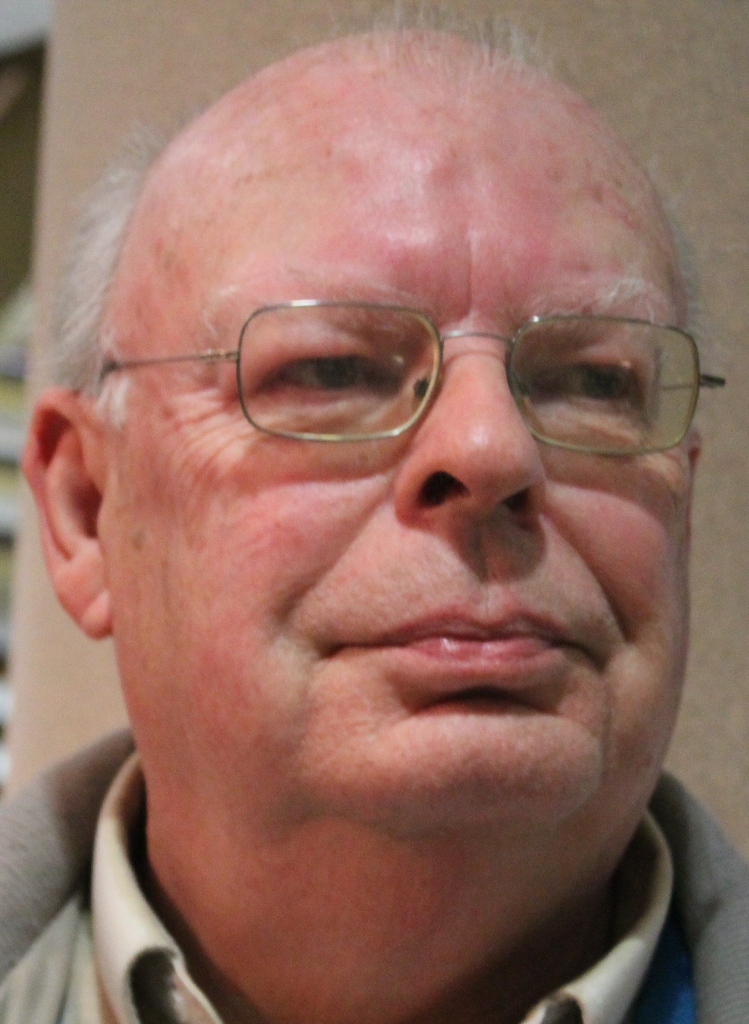The County Line

Bastille Day, the French equivalent to our Fourth of July, is Saturday, and, oddly enough, it’s going to be celebrated in Carmel this year.
Probably unknown to planners of the event and most of the participants is the fact that there is a historic French connection with Hamilton County that dates back 200 years or more.
Most of Indiana’s written history concentrates on Anglo-American settlers who arrived in the early 19th century. Actually, the French established settlements in what is now Indiana as early as 1732. Military outposts were built at Vincennes, Fort Wayne and near Lafayette to strengthen France’s claim to the Ohio Valley.
A big part of the French presence also centered on the fur trade between Frenchmen and native American Indians. Early French traders moved along the rivers and streams in dugout canoes gathering prized beaver pelts from the Indians in exchange for blankets, steel knives, iron pots, axes and other goods previously unknown to the natives.
Among these traders was Michel Brouillette, born in 1774 at the French community of Vincennes. Although the British controlled the area by that time, many French traders and settlers remained. Brouillette (later Anglicized as Brewit) and probably a companion, plied the White River and other streams in central Indiana.
According to research done by the late Rue Hinshaw, Carmel historian and community leader, Brewit established a trading post in what is now Carmel. The years of his presence in the area are unknown, but probably between 1800 and 1820. Hinshaw found artifacts on his property from an Indian encampment that was located near what is believed to be the site of the trading post.
Brewit was more than just a fur trader. He spoke several Indian dialects and aided Gov. William Henry Harrison in his dealings with the local tribes. He was able to gain access to the Indian settlement at Prophetstown to assess the number of warriors gathering there in 1811 prior to the Battle of Tippecanoe and report his findings to Harrison. Later he was appointed an Indian Agent by Harrison.
By the 1820s and 30s, settlers were flooding into central Indiana. The fur trade died off as the Indians left and the land was cleared for farming. Brewit went back to Vincennes, entered the grocery business and died in 1838.
His Vincennes home is still standing. It is the only known French house left in the city. It consists of vertical log and stucco construction unlike American pioneer homes of horizontal log construction. It is listed as one of the historic sites in Vincennes.
So, as the crowd gathers Saturday for Bastille Day in Carmel to enjoy French music, food and dancing, few will know that they are within a stone’s throw of where a real French connection was made two centuries ago.
